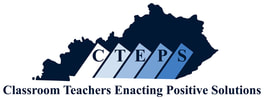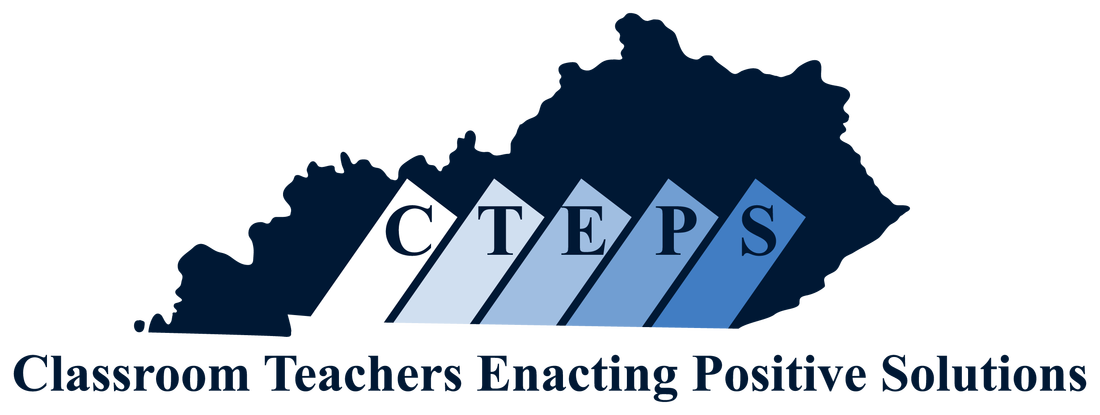|
Over the years, my knowledge of teaching writing has undergone innumerable evolutions. I have taught writing the right way, and I have taught writing the wrong way. I have committed numerous writing teacher sins. Two of my most egregious sins include:
Experience has been my best teacher on this quest, but also an inexorable taskmistress. As a shiny, new teacher in Kentucky I was responsible for 126 student writing portfolios. At that time, students selected, revised, and published five pieces from four different genres. With the heft of accountability, this was an incredibly heavy lift for a newbie. This period in my career was truly an O.M.G. O.M.G.2 experience. I possessed zero skills as a writing instructor, juxtaposed against my impossible yet fervent hope of discovering the next Hemingway. Thankfully, before too many writers were irreparably harmed, a wise instructional supervisor recommended a number of very beneficial professional development opportunities. From becoming a Kentucky Writing Project Fellow to eventually attending Writing Cluster Leader trainings, I soon gathered the skills I needed to become more effective as a teacher of writing. At this point you might be thinking, “Okay, great! Problem solved.” Not so fast...for me, it will never be that simple. Each year features new students with new challenges and new strengths. And, despite my best efforts, I still don’t have it all figured out. Here is what I do know... I know, with little variation each year, the types of skills that should be taught with which type of writing. I have resources and I know the types of activities that will help move students forward as writers. But, I also know, that despite all my talk of writing workshops, despite strategic peer partnering, despite each student having a writer’s notebook filled with writing strategies, and despite all the charts I hang on my walls, I know that the nanosecond a draft is “finished,” the first thing students want to do is hand me their drafts to make revisions for them. What I still don’t know, at least not to my satisfaction, is how to effectively transition students into more independent writers. This particular part of the quest has been epic. If you are a teacher of writing, you likely struggle with this too. Here is an all too familiar scenario: twenty-eight pairs of eyes with twenty-eight drafts waiting for me, the teacher, to confer individually with them. Don’t get me wrong, I love reading student writing. The opportunity to know more about each kid and his or her thinking is addictive. It’s just that I know the more they depend on me, the less they progress toward independence. It is inversely proportional. And, it is ingrained in my teacher psyche that I must help...right? They really need me….With some of them, all they have ever known is to submit their drafts for the teacher to make comments and assign grades. If students are happy with the grade, they might never revise their work. Still others pretend to be revising when all they are really doing is surface level editing. A myriad of problems exist, causing me to wonder if some of them could be solved by more effective instructional sequencing throughout the writing process. My complete understanding of just how focused my instructional sequencing needed to be came through networking and research. In the 2014-2015 school year, I became involved with an NBCT teacher leadership group, CTEPS (Classroom Teachers Enacting Positive Solutions with KyNt3). My CTEPS cohort members not only posed shrewd questions, but also provided insightful, provocative feedback during the Design Thinking process. Throughout my year-long inquiry and action research process, I came to several epiphanies. Struggling writers need teachers to focus instruction and practice on one or two writing sub skills at a time. Then, they need teachers who take those sub skills through an instructional sequence of guided writing as a whole class, independent writing with multiple supports, peer conferencing that focuses just on those limited subskills, revising and teacher feedback that continues this limited focus, and rubrics or checklists that provide additional supports for writers to advance in independence. In converting my newfound wisdom to practical classroom implementation, I have devised a series of “On My Own” activity cards. These cards accomplish multiple objectives as students utilize them during drafting and revising:
0 Comments
|
|
CTEPS is teacher-powered with fiscal agency from the Collaborative for Teaching and Learning. Participants have been sponsored by school districts, non-profit organizations, and other funders. Contact us at [email protected] or @kycteps on Twitter. |
Search here to find the work of specific CTEPS teachers, school districts, or topics.
|


 RSS Feed
RSS Feed
